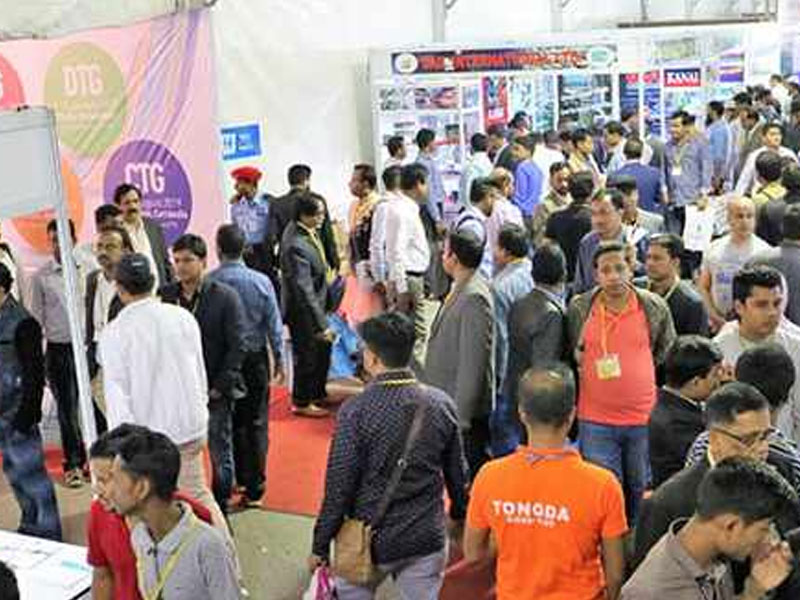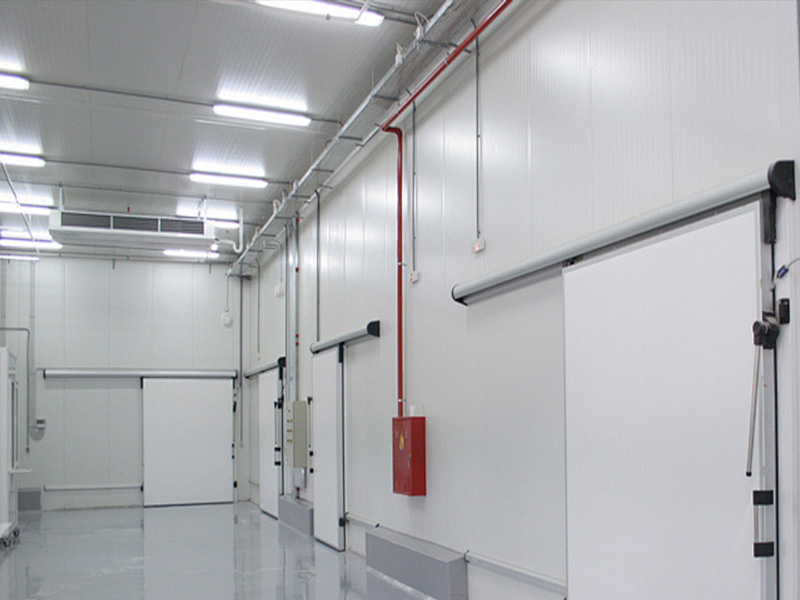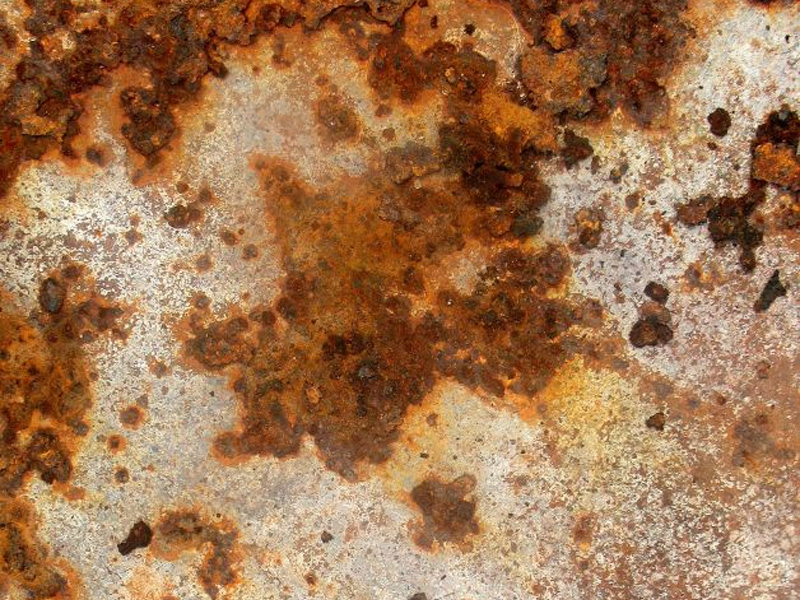High-quality Air For The Pharmaceutical Industry
Adverse Effects of Humidity and the Most Effective Methods of Control
Most pharmaceuticals are highly hygroscopic and are susceptible to physical, enzymatic, microbial and biochemical deterioration once exposed to moisture. Even the simplest pharmaceutical production process involves a complex series of steps before the finished product is packaged and ultimately reaches the consumer. These steps may cover:
Laboratory-scale R&D using glove boxes, small process dryers, coaters, and fluidized bed dryers
Micronization
Storage of powder or liquid
mix
product drying
tablet compression
coating
Sugar coating
Sterile packaging
Blister packaging
Finished product storage, etc.
Throughout the pharmaceutical production process, environmental humidity can have serious negative impacts on product quality, yield, appearance and shelf life. By precisely controlling humidity in the production environment, we can effectively avoid these potential problems. Additionally, R&D studies may reveal that certain products may not be produced or that yields may be significantly reduced under different humidity conditions.
Humidity is a constant threat to efficiency and quality in pharmaceutical production. Moisture can cause tablet disintegration, formulation decomposition, agglomeration, hardening, and compound agglomeration. It can also cause problems such as uneven tablet coating, inability to compress tablets, slow growth of organic cultures, and shorten the shelf life of the product. Therefore, humidity control or dehumidification measures become critical in processing, manufacturing, storage, research and testing areas in the pharmaceutical industry.
Demand for quality compressed air
Compressed air, often referred to as the fourth largest utility in industry, is commonly used in the pharmaceutical industry for automatic packaging machinery for sealing, blister packaging machines, powder filling machines, tablet presses, capsule filling machines, drying containers, and vacuum cleaning systems wait. Production facilities in different segments of the pharmaceutical industry have different application requirements for compressed air.
Untreated compressed air contains many potentially harmful or dangerous contaminants that must be removed or reduced to acceptable levels to protect consumers while providing a safe and cost-effective production facility. Moisture in compressed air lines is a potential hazard and must be removed.







